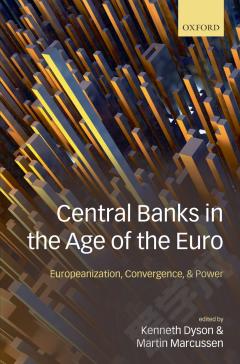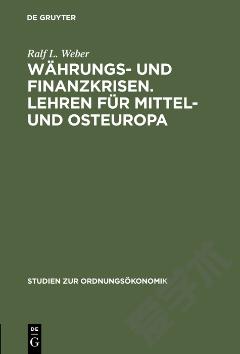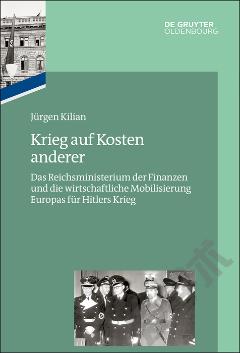Banking, Currency, and Finance in Europe Between the Wars
The financial history of interwar Europe was dominated by catastrophic episodes of hyper-inflation, dramatic exchange rate crises, massive and destabilizing movements of gold and capital, and extensive banking failures. In their attempt to restore and sustain the gold standard as the basis of the international monetary system, many countries were compelled to resort to deflationary fiscal and monetary policies of exceptional severity. The policies thus adopted in the 1920s were a major cause of the Great Depression of 1929-33; and this in turn exerted a powerful influence on the subsequent political and economic history of the 1930s. This collection of essays is the work of an international network of economic historians from Europe and the United States convened by the European Science Foundation. It brings together, in an accessible style, current knowledge and understanding of the nature and effects of these developments in banking, currency, and finance in the interwar period. The topics are examined at three levels. In Part I a substantial introductory survey of the central issues over the entire period is followed by special studies of the banking crises, the global capital flows, and the interrelationship of economic and political policies, with each of these themes considered in an international perspective. Part II is devoted to illuminating comparative analyses of the financial and exchange policies of pairs of countries; France and Italy, Britain and Germany, Sweden and Finland, and Belgium and France. The questions addressed by this book, and the temes and patterns it reveals, are relevant both to economic and political historians of the years between the two world wars, and to those interested in contemporary banking and financial problems. This book is intended for economic and political historians; professionals inerested in contemporary banking and financial problems.
{{comment.content}}








 京公网安备 11010802027623号
京公网安备 11010802027623号